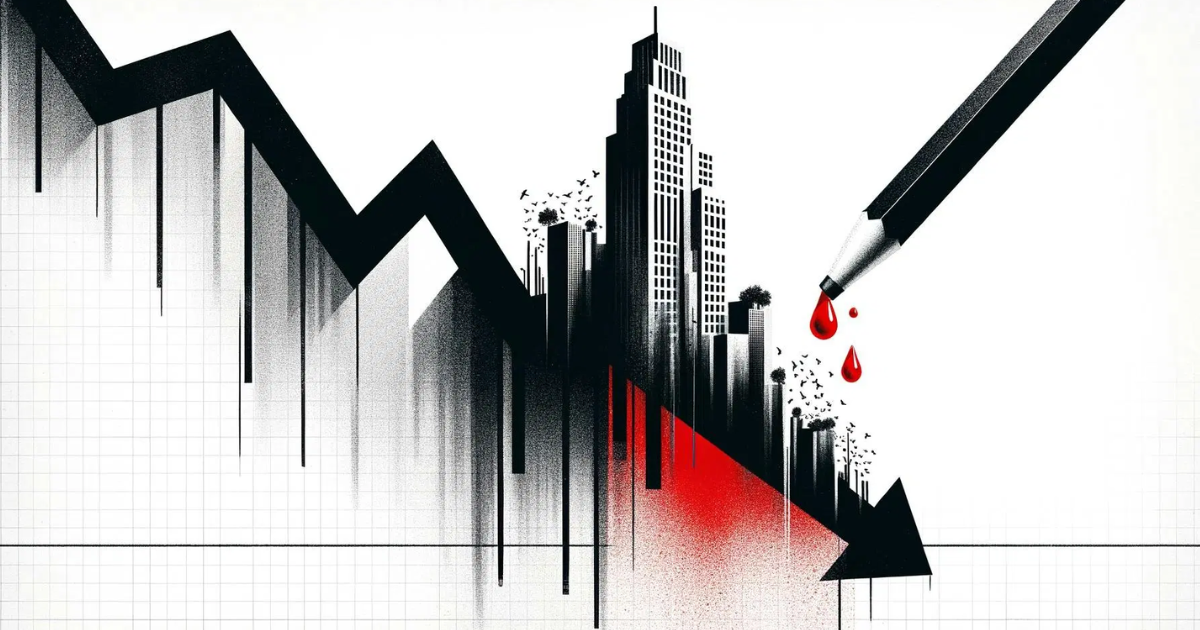
When it comes to trading, especially in fast-moving markets like forex, stocks, or cryptocurrencies, managing risk through stop loss orders is a must.
One of the most effective tools for protecting your capital is the stop-loss order. Whether you're a seasoned trader or just starting out in the UAE, understanding how to use stop-loss orders can make a huge difference in your trading journey.
In this article, we’ll break down what stop-loss orders are, why they matter, and how to use them effectively to protect your trades.
A stop-loss order is a type of order you give to your broker to automatically close a trade when the price of an asset reaches a certain level. This is a pre-set limit that ensures you don’t lose more than you’re willing to risk.
Imagine you’ve opened a forex trade, and the market starts moving against your position. Without a stop-loss order, you could watch your losses increase beyond what you're comfortable with.
But with a stop-loss in place, the system automatically closes your trade once the price reaches your set threshold, saving you from further losses.
Here’s why stop-loss orders are a must for traders.
🔺 Risk management: The primary reason to use a stop-loss order is to limit your losses. Markets can be unpredictable, and no matter how confident you are in a trade, things can quickly change. A stop-loss order acts as a safety net, ensuring that even if the market moves against you, your losses are kept under control.
🔺 Emotional discipline: Trading can be stressful, especially when the market fluctuates rapidly. Having a stop-loss in place helps prevent emotional decision-making. It keeps you disciplined and prevents you from holding onto losing trades in the hope they’ll recover, which often results in even bigger losses.
🔺 Flexibility: Stop-loss orders allow you to manage multiple trades without having to monitor them constantly. You can set a stop-loss level and walk away from your screen, confident that your trade will be automatically closed if the market moves against you.
Setting a stop-loss order isn’t just about picking a random number. It requires careful analysis and planning. Here’s how you can do it effectively.
Technical analysis
Many traders use technical analysis to determine where to place their stop-loss orders. Common strategies include placing your stop-loss just below a recent support level or above a resistance level.
These levels act as psychological points in the market where price tends to reverse or stall, making them ideal places for your stop.
Percentage-based approach
Another method is to use a percentage of your account balance to determine how much you’re willing to lose on any given trade.
For instance, you might decide that you’re comfortable losing 2% of your account on a single trade. This way, your stop-loss level will be based on your risk tolerance rather than market fluctuations alone.
Trailing stop-loss
A trailing stop-loss is a dynamic tool that adjusts as the market moves in your favor. If you’ve set a trailing stop of 20 pips, for example, and the market moves up by 30 pips, the stop-loss will also move up by 30 pips, locking in your profit as the market continues to rise. If the market reverses by 20 pips, the trade will close, protecting your gains.
For traders in the UAE and the wider GCC region, stop-loss orders are particularly valuable given the volatility of global markets. Here’s why:
🔺 Protection against volatility
🔺 Protection against stopouts
🔺 No need to constantly monitor positions
🔺 Places you in greater control
While stop-loss orders are essential for managing risk, they’re not foolproof. Be sure to avoid these common mistakes many traders make when using them.
🔺 Setting SLs too tight
Setting your stop-loss too close to the current market price might result in your trade being closed prematurely, even with small price fluctuations. Make sure to give your trades enough room to breathe by considering market volatility and the asset you’re trading.
🔺 Not adjusting SLs
As the market evolves, so should your stop-loss. Be sure to adjust your stop-loss levels, especially when the market moves in your favor. Using a trailing stop-loss can help automate this process.
🔺 Ignoring market conditions
Different markets and assets behave differently. For example, cryptocurrencies are much more volatile than forex or stocks. Adjust your stop-loss levels according to the volatility and behavior of the asset you’re trading.
Stop-loss orders are an invaluable tool for traders in the UAE and beyond.
By setting a clear boundary for your losses, you can manage risk effectively, protect your capital, and trade with confidence—even in volatile markets. Remember, trading is about managing risk just as much as it’s about chasing profits.
As you continue to build your trading strategy, make sure stop-loss orders are a core part of your risk management plan.
With this powerful tool in place, you’ll be better equipped to navigate the ups and downs of the market, no matter how unpredictable things get.
Sign up to get the inside scoop on today’s biggest stories in markets, finance, and business.
By clicking “Sign Up”, you accept our Terms of Service and Privacy Policy. You can opt-out at any time by visiting our Preferences page or by clicking "unsubscribe" at the bottom of the email.
Leave a Reply